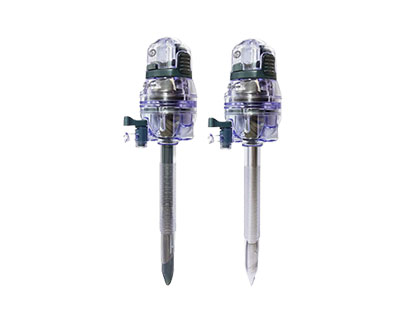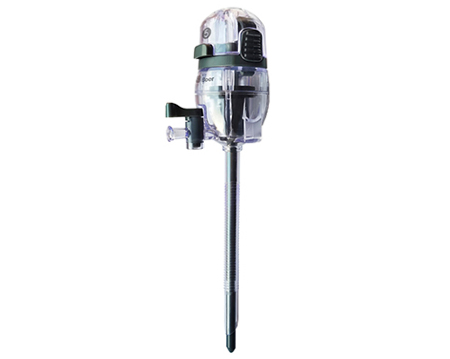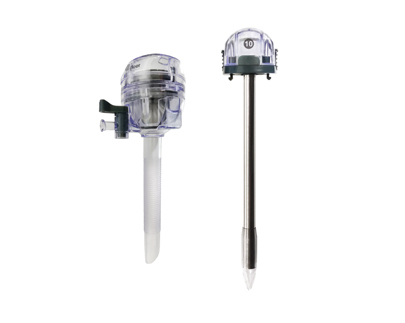What Aspects Should Be Paid Attention to when Cleaning Minimally Invasive Surgical Instruments?
1. Clean minimally invasive surgical instruments
The correct minimally invasive surgical instrument is to wash away the blood on it with water immediately after use, as well as the tissue that is invisible to the naked eye. If it is not cleaned in time, the surface layer will be damaged, and it will be more difficult to clean. Also, use cold water to rinse, do not use hot water, hot water will cause protein substances to coagulate. Then either manual cleaning or mechanical cleaning is fine.
If machine cleaning is not supported then use manual cleaning. If the surface of the instrument is easily damaged, then use manual cleaning. When cleaning surgical instruments manually, don't forget to wear professional gloves, masks, etc. The pH value of the detergent used must be small, neutral can also be used.
If your minimally invasive surgical instruments are not rinsed properly, either too high or too low a cleaning agent may destroy the protective coating on the stainless steel surface and render it unusable. When wiping, use a soft plastic brush, do not use items such as steel wool that may scratch the surface of the instrument. When scrubbing, keep the instrument below the surface of the water. Scrub all crevices, teeth, and grooves, and rinse each instrument thoroughly under running water.
Another way is to use mechanical cleaning. When mechanically cleaning minimally invasive surgical instruments, be sure to read the instructions carefully, what can be cleaned and what cannot be done. Ultrasonic cleaning is an effective method, as the ultrasonic waves vibrate through the cleaning solution to create tiny air bubbles that increase as the pressure in the device changes. Before starting, follow the instructions on the manual to clean the surgical instruments.
The next step is to place the minimally invasive surgical instruments where they are clearly visible to the naked eye to make sure they are free of stains and tissue. Afterwards check each instrument for proper function and condition. Check to see if there is any rust or wear, and if so, replace it in time. After visual inspection, dry the instrument with a soft cloth. The risk of corrosion and water spot formation is minimized.
2. Sterilization of minimally invasive surgical instruments
Endoscopic accessories that enter the damaged mucosa should also be sterilized, such as biopsy forceps, high-frequency electrocautery. Oral equipment should be handled differently according to the degree of harm. Surgical instruments and other instruments that penetrate oral soft tissue or bone tissue, instruments that do not penetrate oral soft tissue but are in contact with soft tissue must be sterilized, and oral inspection instruments such as forceps, tongue depressor , mouth mirrors, probes, curved discs, etc., can use disposable items. When all kinds of minimally invasive surgical instruments are sent to the equipment department for repair, they need to be disinfected with chlorine-containing preparations before repairing, and the staff should be strictly disinfected after the repair.



